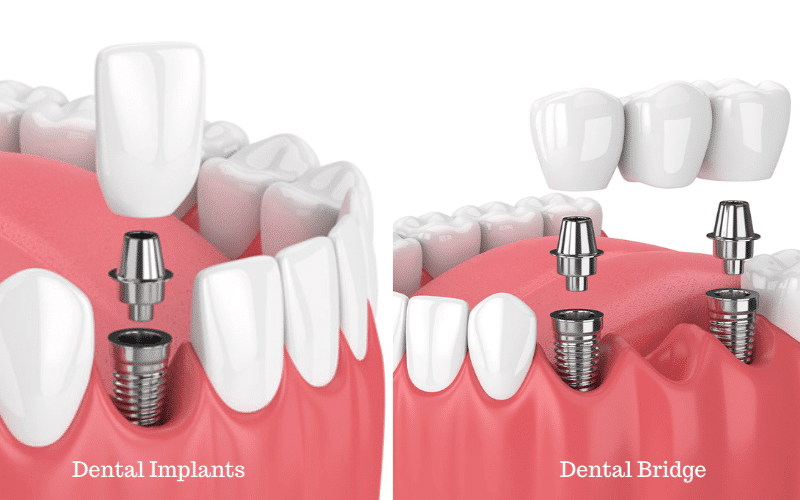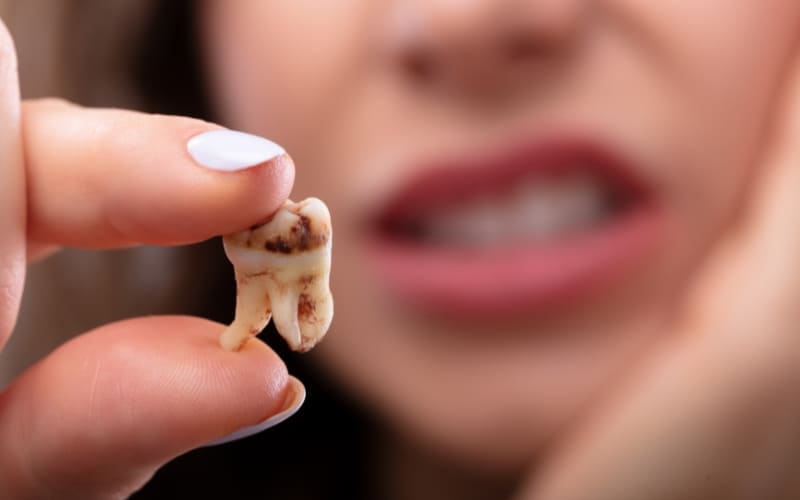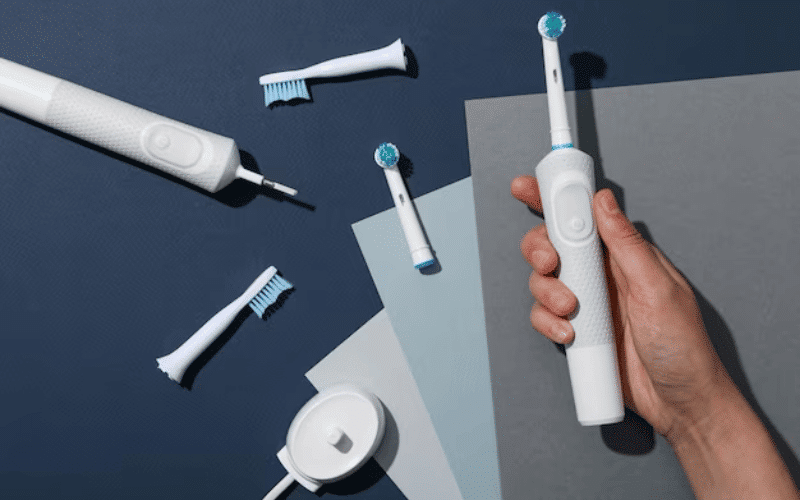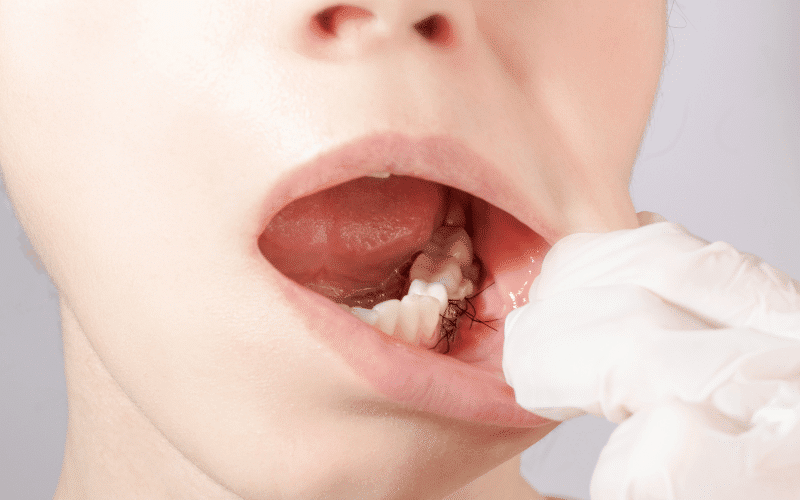
Things To Know About Dissolvable Dental Stitches
What Are Dissolvable Dental Stitches?
Dissolvable dental stitches, also known as absorbable sutures, are particular types of stitches dentists use to close wounds or incisions in the mouth after specific dental procedures.
The materials used to make these stitches allow the body to absorb and degrade them over time, obviating the need for the dentist to remove them.
The dissolvable nature of these stitches helps in wound closure and promotes proper healing while reducing the risk of infection.
Why Are They Used?
Dissolvable dental stitches are used in various dental procedures for several reasons:
1. Wound Closure: Dissolvable stitches are used to close the wound after dental surgeries or procedures involving incisions in the mouth’s soft tissues. They help align the tissues properly, promote quicker healing, and reduce the risk of complications such as infection.
2. Reduced Discomfort: Since the body absorbs dissolvable stitches over time, they eliminate the need for a separate visit to the dentist for suture removal. This can reduce discomfort and inconvenience for the patient.
3. Minimal Intervention: Using dissolvable stitches minimizes the need for additional procedures to remove the sutures, contributing to a smoother healing process.
4. Tissue Support: These stitches can hold the tissues in place during the initial phases of healing, ensuring that the area heals correctly and minimizing the chances of complications.
5. Biodegradability: The materials used for dissolvable stitches are designed to gradually break down and be absorbed by the body’s natural processes. This eliminates the need for manual removal, as opposed to non-absorbable stitches that require a follow-up appointment for removal.
Ultimately, dissolvable stitches primarily aid in wound closure and facilitate proper healing after dental procedures while offering the convenience of self-dissolution over time.
Their use depends on the specific procedure performed, the dentist’s preference, and the location of the incision or wound in the mouth.
The Different Types of Dissolvable Dental Stitches
Several types of dissolvable stitches are used in dentistry, each made from different materials that break down and get absorbed by the body at varying rates. Some common types include:
1. Polyglycolic Acid (PGA): PGA stitches are synthetic absorbable sutures that dissolve relatively quickly, usually within one to two weeks. They are known for their strength and are often used in dental procedures requiring rapid absorption and early tissue support.
2. Polylactic Acid (PLA): PLA stitches are another type of synthetic absorbable suture. They break down more slowly than PGA stitches, taking several weeks to absorb by the body. PLA stitches provide longer-term support and are used in procedures that require more extended wound healing times.
3. Polydioxanone (PDO): PDO stitches are synthetic absorbable sutures that gradually dissolve over a more extended period, usually over several weeks. They are known for their flexibility and strength and are used in various dental surgeries.
4. Gut Sutures (Chromic Catgut): Despite the name, catgut sutures are not made from cat intestines but from the submucosa of sheep intestines. Chromic catgut is a natural, absorbable suture treated with chromium salts to delay its breakdown and absorption. These sutures can last for several weeks before being absorbed by the body.
The choice of which type of dissolvable stitch to use in a dental procedure depends on various factors, including the location of the wound, the required duration of support, the dentist’s preference, and the expected healing time.
Dentists may choose a specific type of dissolvable suture based on these factors to ensure optimal wound closure and healing.
How Long Do They Last?
The duration of dissolvable dental stitches varies based on the type of material used and the specific procedure. Here’s a general guideline for how long different types of dissolvable stitches commonly last:
1. Polyglycolic Acid (PGA): PGA stitches typically dissolve quickly within one to two weeks. They are widely used in procedures requiring rapid absorption and early tissue support.
2. Polylactic Acid (PLA): PLA stitches take longer to dissolve compared to PGA stitches, usually several weeks. They provide longer-term support and are used in procedures where a more extended healing time is expected.
3. Polydioxanone (PDO): PDO stitches dissolve gradually over a more extended period, usually over several weeks. They offer flexibility and strength and are used in various dental surgeries.
4. Chromic Catgut (Gut Sutures): Chromic catgut, a natural absorbable suture, can last for several weeks before being absorbed by the body. The duration can vary based on the thickness and treatment of the sutures.
Also read: How Long Do Dental Stitches Take To Dissolve?
The actual duration can also depend on individual healing rates, the location of the stitches in the mouth, and the specific procedure performed.
The dentist will consider these factors and select the appropriate type of dissolvable stitch that matches the expected healing time required for the particular surgery or dental treatment.
Following your dentist’s post-operative instructions regarding oral hygiene and care is essential to support proper healing and the natural dissolving process of the stitches.
You must contact your dentist for further evaluation and guidance if there are concerns about the dissolvable stitches, such as the prolonged presence or signs of infection.
The Advantages and Disadvantages of Dissolvable Dental Stitches
Advantages of dissolvable dental stitches:
1. Convenience: They eliminate the need for a separate removal procedure, as they naturally dissolve over time, reducing patient discomfort and requiring an additional dental visit.
2. Reduced Risk of Infection: Dissolvable stitches promote better wound healing by securely closing incisions, minimizing the risk of infection as the body absorbs the material.
3. Tissue Support: They provide initial support to the healing tissues, aiding in proper alignment and reducing the chance of complications during the early stages of healing.
4. Minimized Trauma: These stitches degrade gradually, minimizing trauma during their natural breakdown compared to non-absorbable sutures, which might require physical removal, causing discomfort and tissue disruption.
5. Variety of Materials: Dentists can choose from different dissolvable stitches with varying absorption rates, allowing for customization based on the specific procedure and expected healing duration.
Disadvantages of dissolvable dental stitches:
1. Variable Absorption Rates: The absorption rates can vary based on the material used and individual healing responses, potentially leading to inconsistency in the time for the stitches to dissolve.
2. Potential Allergic Reactions: Some individuals may be sensitive or allergic to the materials used in dissolvable stitches, which could lead to complications or delayed healing.
3. Weaker Strength: In some instances, dissolvable stitches might not be as strong as non-absorbable sutures, potentially affecting the long-term stability of the wound closure.
4. Limited Use in Certain Procedures: Dissolvable stitches might not be suitable for all dental procedures, particularly those requiring long-term tissue support or in specific areas where prolonged wound closure is necessary.
5. Cost Consideration: Depending on the type of dissolvable stitch used, they might be more expensive than non-absorbable sutures, impacting the overall cost of the dental procedure.
Post-Procedure Care for Dissolvable Dental Stitches
1. Oral Hygiene: Maintain good oral hygiene by gently brushing your teeth twice daily and using a prescribed mouth rinse if your dentist advises. However, be careful around the stitches to avoid disturbing the healing area.
2. Dietary Considerations: Stick to a soft or liquid diet for the initial days after the procedure to prevent unnecessary strain on the stitches. Avoid hot, spicy, or hard foods that might irritate the wound.
3. Avoid Aggressive Activities: Refrain from strenuous physical activities or behaviors that could disturb the stitches or affect the healing process, such as smoking or excessive spitting.
4. Monitor Healing: Monitor the surgical site for signs of infection, excessive swelling, or persistent bleeding. Contact your dentist if you notice any concerning changes or if the stitches aren’t dissolving as expected.
5. Follow-up with Dentist: Attend scheduled follow-up appointments as your dentist advises. They will monitor the healing progress, remove any remaining stitches if necessary, and provide further guidance for optimal recovery.
Proper post-procedure care is crucial for successfully healing the surgical site and dissolving the stitches. Always follow the specific instructions provided by your dentist for the best outcome.
Final Words!
In conclusion, dissolvable dental stitches are pivotal in promoting efficient healing after dental procedures, offering convenience and reducing patient discomfort. Singh Smile Care values your oral health and utilizes dissolvable stitches to ensure optimal post-surgery recovery.
Remember, diligent post-procedure care, including gentle oral hygiene, monitoring the healing process, and adhering to dietary recommendations, supports the effectiveness of these stitches.
Trust Singh Smile Care’s expertise for superior dental care and seamless recoveries. Schedule your consultation today for a brighter, healthier smile!
